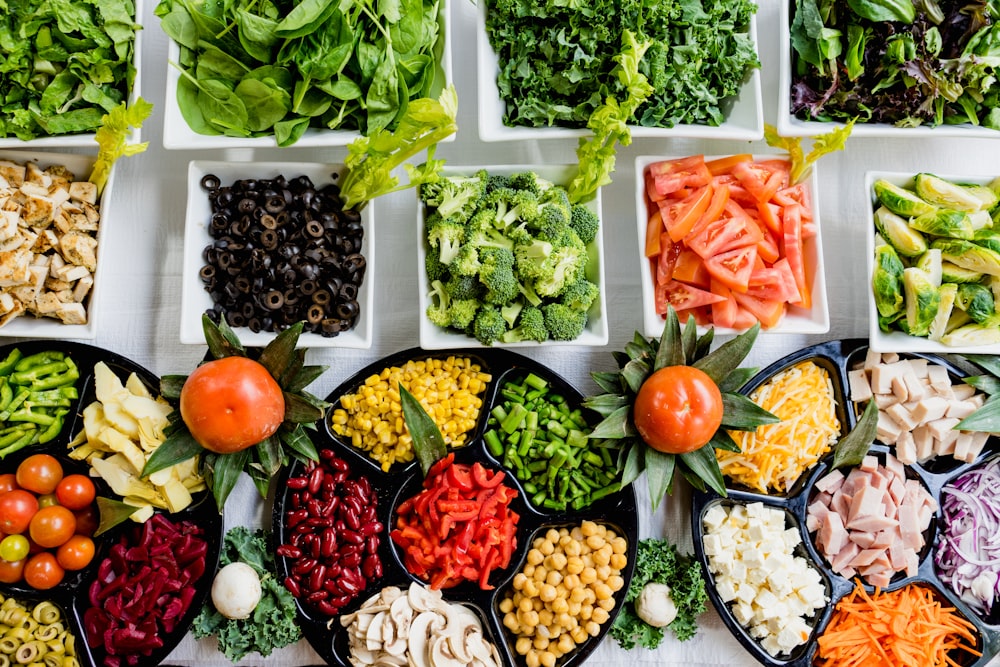How I Eat Healthy Every Day: Easy-Peasy, Lemon-Squeezy!
Ever wonder how you can ensure you're getting all the nutrients and veggies you need each day without paying a lot of money or spending lots of time? Want that amazing Chinese takeout but don't want to completely deviate from having a healthy meal? Same here! In this post, I will teach you the way that I personally do these things so I can eat healthy every day, and almost every meal. It's quite simple, and by the end, you'll have your own mini-salad bar in your fridge that makes this all easy-peasy, lemon-squeezy!
Before doing this, I used to struggle with being consistent and prepared to eat healthy each day. I'd have a couple weeks where I was really bringing my A-game, then other weeks where ordering take out was so much easier. However, we don't have control over what goes into our food when it's prepared by someone else. This only encouraged me to not only count my calories, but count if I still had money in the bank! These inconsistent and unsustainable practices didn't help me achieve my long-term health goals, and chances are, it probably won't work for you either. Making your food from home is #1 when it comes to eating healthy in a sustainable fashion.
Pro tip: Start a food diary instead of calorie counting, and journal about how you feel!
Without further adieu, let's dive in to how I manage to eat healthy every day:
Shopping for the ingredients (1-2 times/week)
Pick 4 or 5 different veggies and 1-2 different starches of your choice. Some ideas are:
- leafy greens (spinach, spring mix, kale)
- tomatoes
- cucumbers
- bell peppers
- red onions
- green onions
- brussel sprouts
- broccoli
- cauliflower
- carrots
- sweet potatoes
- brown rice
- whole-grain noodles
- quinoa
- tortillas
- roti
- naan
- rice and beans
- tofu
- eggs
- tuna
- salmon
- chicken
- beef
- gyro
- nuts (almonds, pistachios, walnuts...)
- seeds (pumkin, sunflower, chia, flax...)
- avocado
- extra virgin olive oil
What to do 1-2 times per week

Plating your meal (the easiest part)
- whenever you're hungry, now you have a mini-salad bar in your fridge that only requires assemblage
- for a hot power bowl, microwave everything together
- for a fresh salad, keep everything cold right out of the fridge
- use nuts, seeds, avocado or oil as toppings (portion out 2 tbsp or less)
- whenever you run out of one ingredient, switch it up! replace it with something different
- be mindful of portion sizes
- make it large enough so you're full afterwards but not too large to where you're uncomfortable to take deep breaths between bites!


Comments
Post a Comment